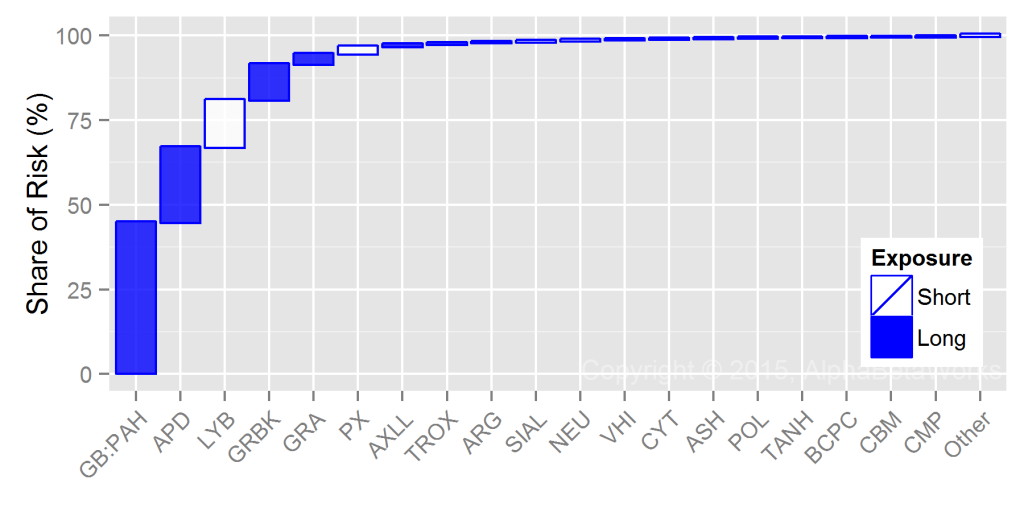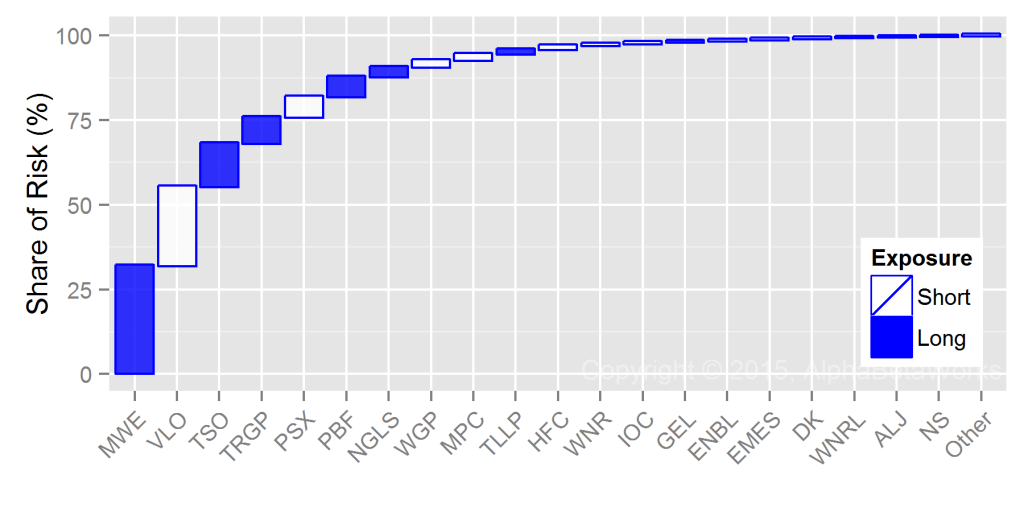Inflation Expectations And The Politically Polarized Course: Funny How? b y Ben Hunt, Salient Partners
| Henry Hill: | You’re a pistol, you’re really funny. You’re really funny. |
| Tommy DeVito: | What do you mean I’m funny? |
| Henry Hill: | It’s funny, you know. It’s a good story. It’s funny. You’re a funny guy. [laughs] |
| Tommy DeVito: | What do you mean? You mean the way I talk? What? |
| Henry Hill: | It’s just, you know. You’re just funny, it’s … funny, the way you tell the story and everything. [it becomes quiet] |
| Tommy DeVito: | Funny how? What’s funny about it? |
| Anthony Stabile: | Tommy, no. You got it all wrong. |
| Tommy DeVito: | Oh, no, Anthony. He’s a big boy, he knows what he said. What did you say? Funny how? |
| Henry Hill: | Just… |
| Tommy DeVito: | What? |
| Henry Hill: | Just…you know…you’re funny. |
| Tommy DeVito: | You mean…let me understand this ’cause, you know maybe it’s me…but I’m funny how? I mean…funny like I’m a clown, I amuse you? |
– “Goodfellas” (1990)


| George Costanza: | Every instinct I have, in every aspect of life, be it something to wear, something to eat – it’s all been wrong. |
– “Seinfeld” (1994)
But what could a tax-the-rich plan actually achieve? As it turns out, quite a lot, experts say. Given the gains that have flowed to those at the tip of the income pyramid in recent decades, several economists have been making the case that the government could raise large amounts of revenue exclusively from this small group, while still allowing them to take home a majority of their income.
– New York Times, “What Could Raising Taxes on the 1% Do? A Surprising Amount”, October 16, 2015
I was watching the Draghi press conference the other week, and I had to turn off the TV. I found myself getting so … angry … not just at what Draghi was saying, but also the live blog reaction and the live market reaction, that I decided I was better off stepping back from the actual event and trying to figure out why I was having such a powerfully negative emotional reaction to the entire charade. It’s not the charade itself. I mean, if I were outraged by every inauthentic display of central banker “communication policy” and the media lapdog response, I’d be in some sort of permanent apoplectic fit. In fact, neither the central bankers nor the media even pretend any more that extraordinary monetary policy has any sort of material impact on the real economy, which I suppose is actually progress on the authenticity scale in a perverse sort of way.
I travel a lot speaking to investors and allocators of all sizes and political persuasions. I also read a lot from a wide variety of sources, also of all sizes and political persuasions. What I’m seeing and hearing on every issue that concerns capital markets and economics is not only an accelerated polarization of policy views between the left and the right (greater “distance” between the views), but also – and more troubling – a polarization (and in many cases a non-modal distribution) of policy views within the left and the right. The kicker: I think that this polarization is almost entirely driven by monetary policy and the power/wealth inequalities it creates. Central bankers are not only planting the seeds of truly systemic instability, they are watering and tending and nurturing this particularly virulent strain of “green shoots” with their entirely intentional and entirely successful efforts to inflate financial asset prices and mandate reduced volatility in capital markets.
The fact is that maintaining massive debt and creating massive wealth – which is what central banks DO – is a political exercise, pure and simple. It’s nothing else. It’s not social science. It’s politics. Yellen and Draghi are the most powerful politicians in the world, and what makes me angry is their unwillingness to confront the essential nature of their actions, to call what they do by its real name. It makes me angry because the longer the High Church of Central Bankerdom denies and ignores the raw political impact of their actions, the more likely it is that we will have a structural political accident that will destroy every bit of the debt maintenance and wealth creation that the High Church has labored so hard to build. I think we’re getting very close to that sort of political accident.
I’m pretty sure that I agree with absolutely none of Thomas Piketty’s policy prescriptions. And the impact of his bugbear – tax policy – on wealth inequality is laughably minor compared to the impact of a triple in the S&P 500 market cap or central bank purchases of trillions of dollars of bonds. But if you don’t recognize that Piketty has a point when he says that today’s wealth inequality is both outrageous and poisonous, you’re just not paying attention. Increased wealth inequality always leads to increased political polarization, within and between countries, within and between political entities. That was true in the 1870s, that was true in the 1930s, and it’s true today.
What happens when you get greater political polarization? The center does not hold. You get Bizarro world. You get political outcomes that cannot be anticipated by econometric or median voter models. You get political outcomes that will be perceived as illegitimate by a meaningful number of citizens. You get the New York Times writing encouragingly that even with a more aggressive tax regime, the Federal government could still “allow” citizens to take home 50% of their income. Wait. What?
Here’s a fairly typical example of the polarization phenomenon I’m talking about, this from the Pew Research Center based on 1994 – 2014 data. Everything in this chart is significantly worse today, and the same chart could be drawn for every other country on earth (including one-party states like China). You could also draw a chart with exactly the same dynamic for Congress. Or FOMC voting member views on raising rates. Or financial advisor views on liquid alternatives. Seeing polarization is like seeing the homeless … once you start looking for it, you will see it everywhere.
It’s not just the distance between the median Democrat voter and the median Republican voter that concerns me, it’s the shape of the Democrat electorate and the shape of the Republican electorate. A consensus outcome, where a significant majority buys into a final decision, is more difficult when the median voters are farther apart, but by no means impossible. It’s the lack of a single modal “peak” near the median voter within each party that makes consensus so very, very difficult. Why? Because the human animal has designed any number of effective preference aggregation schemes (elections and markets, for example), but none of them work very well at all when preferences are all over the map, when there is no “peakedness” to the preference distribution. There is no voting scheme that can identify a consensus when there is no consensus to be had, and that’s true whether you’re talking about the Republican party or the American electorate at large or the FOMC or the Chinese Politburo. On the contrary, the
The post Inflation Expectations And The Politically Polarized Course: Funny How? appeared first on ValueWalk.
Sign up for our free newsletter









































